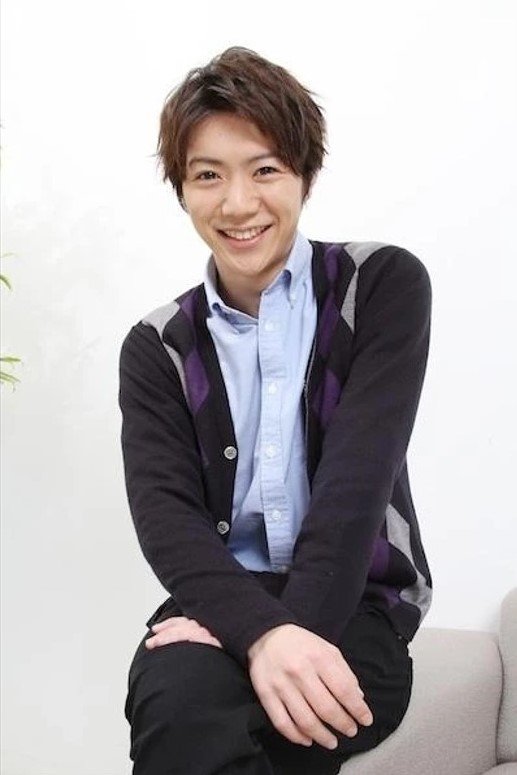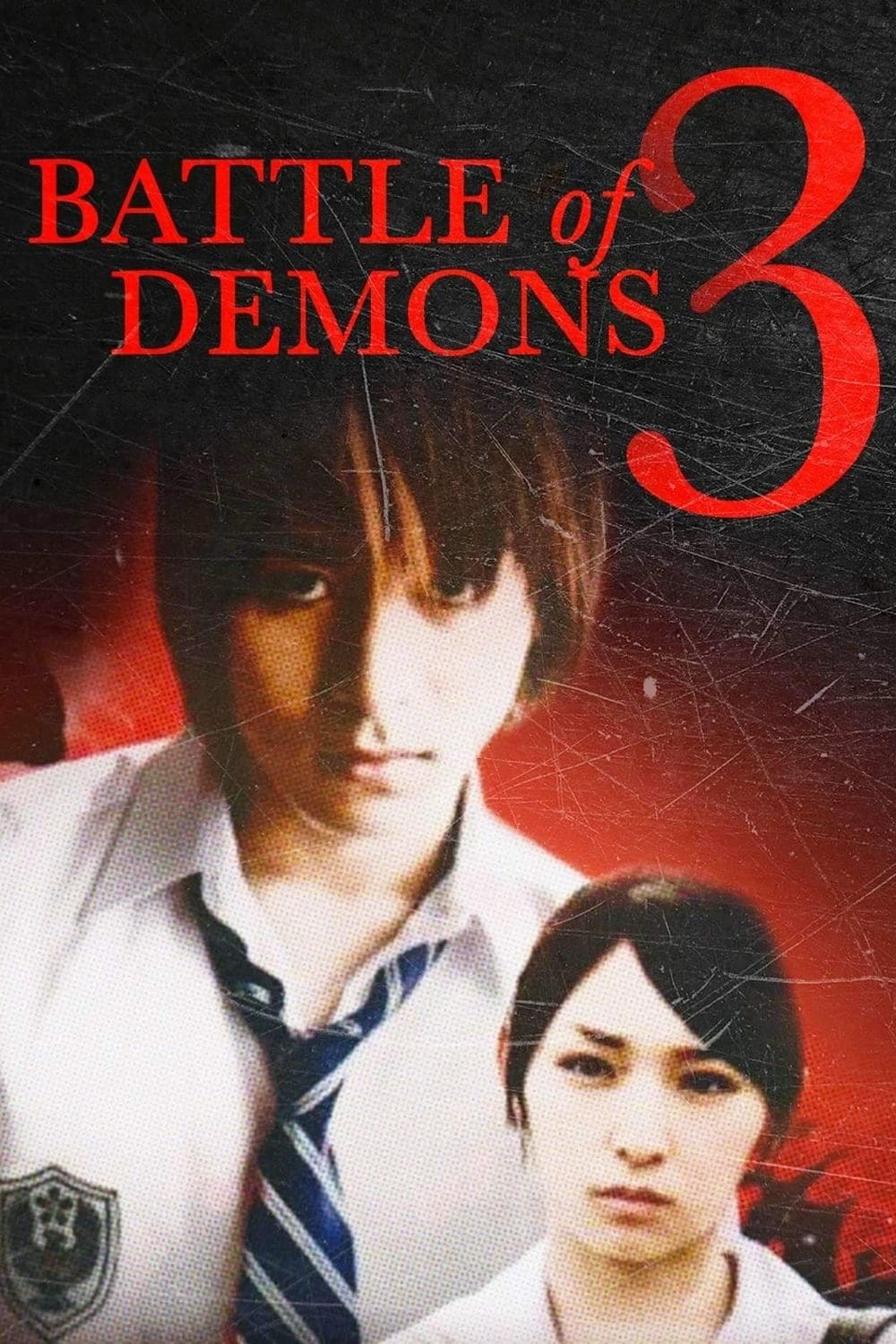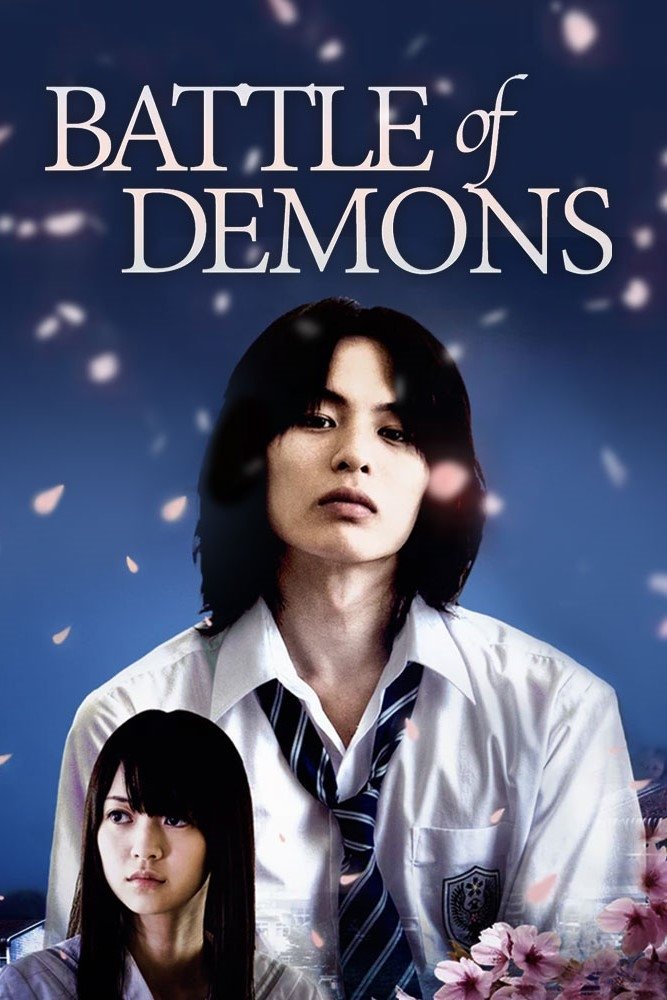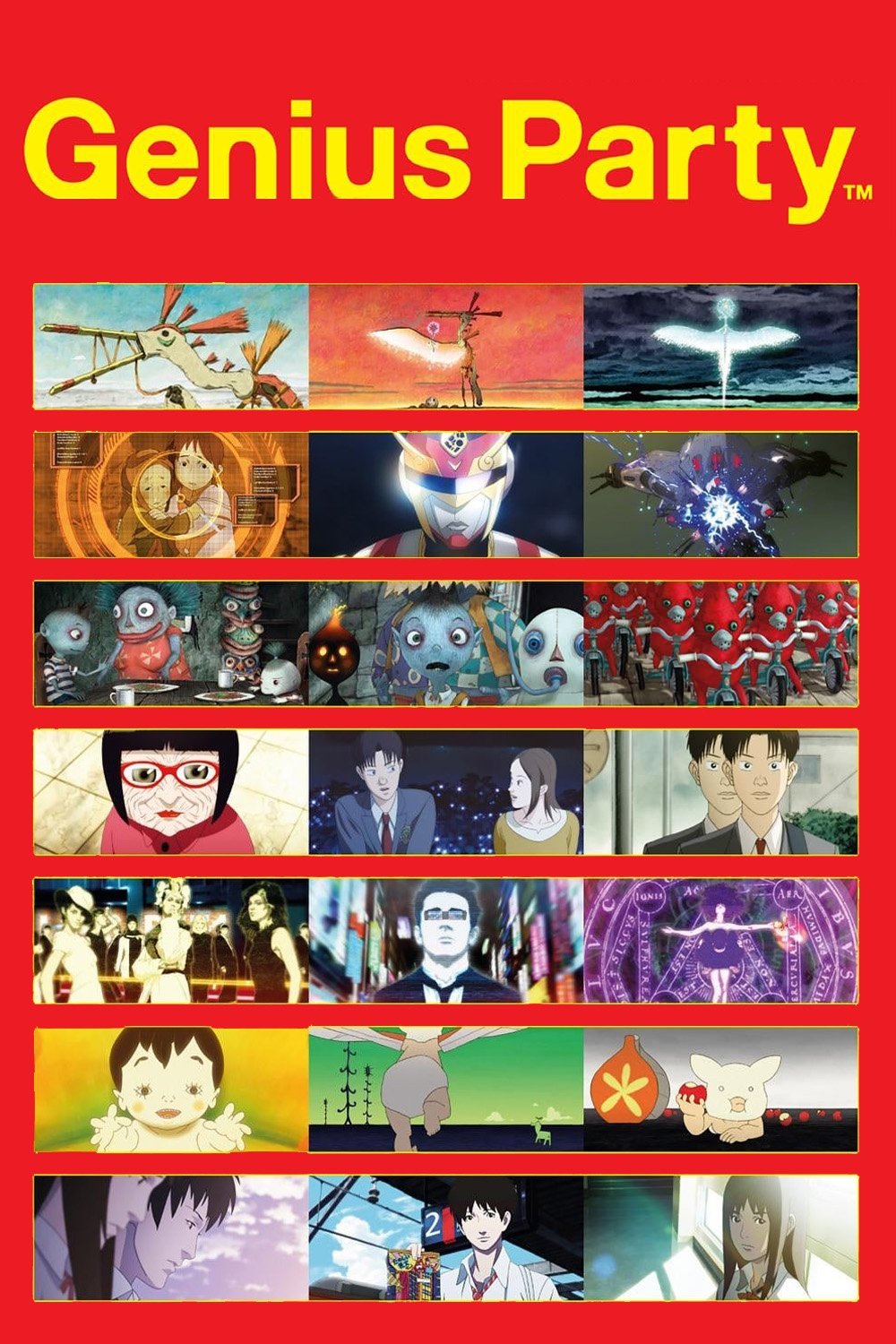

Eight years after saving the SPD from Agent Abrella's scheme, the Dekarangers parted ways with Ban joining the Fire Squad, Jasmine marrying Hikaru Hiwatari, and Swan working independently while Tetsu, Hoji, Sen, and Umeko continue working under Doggie Kruger. But after an incident occurred that hospitalized Kruger on planet Revaful wherein he was labeled as a dirty cop for an apparent dealing with the Qurlian Crime Family, which went awry with the death of a civilian witness, Tetsu takes over the Earth Branch. Two years later, joined by rookie officers Assam Asimov and Mugi Grafton, who had taken over the positions of Deka Red and Deka Yellow respectively, Hoji, Sen and Umeko encounter a Clementian named Carrie who is being hunted by Mechanoids.

Sequel depicting the innocent love of boy and girl high school students who are into S&M, based on the popular manga. Directed by school drama maestro Shimizu Atsushi, who also handled the first installation. Nana (Aono Miku), a model student who serves as student council vice-president, and run-of-the-mill virginal high schooler Kaoru (Tochihara Rakuto) are childhood friends. They embark on regular S&M play dates in secret as a stress release for Nana. For spring break, Nana goes on a school trip to a power spot in Nagano planned by the student council. Kaoru joins her, and a change occurs in their feelings.

Shinichi Koga, known as a leading figure in supernatural manga, takes on one of his best known creations. When a crisis occurs at Misonogaoka High School, students falling prey to black magic, a teenage girl, (a witch herself), steps in to help. Misa Kuroi, attempts to rescue her fellow classmates by battling the dark forces with magic that has been passed down in her family for generations. But when her parents are mummified, can Misa battle on her own?

A married couple's inexperience, sex life, family and friends is the focus of this manga adaptation. Every episode of the serial relates to the good times and bad times of being a man and a woman and the sex that comes with it.

Through a coincidence Tozaki runs into Kurata, his first crush from high school. They begin a relationship, but Kurata's jealousy starts causing problems.

When she’s jilted by her demon fiancé, a would-be bride swears revenge against her kidnappers with the help of another Oni who wants to kill the chief of the demons.

On her 16th birthday, Asagiri Kanna, a shy and bullied girl is abducted and taken to attend a new school. There she finds out she has been promised to marry the demon king, Kaki Kitou. Neither of them seem to be happy about it.

aka Aquarian Age: The Movie, is based on the popular Japanese CCG (that's collectable card game, for you gaming neophytes), Aquarian Age. The movie represents the transition between the game's first and second Sagas and seems to have been made primarily for fans of the card game, so familiarity with the basic story and characters is assumed. Those watching the movie without first reading the background info in the included booklet are going to be totally lost about what's going on, as the movie begins right in the middle of the climatic battle which wraps up the first Saga. Though it uses the same organizations as the Aquarian Age TV series, the movie does not seem to be directly related to the TV series in any way. (I cannot absolutely confirm this, however, since I only ever saw the first few episodes of the TV series.)

The seven short films making up GENIUS PARTY couldn’t be more diverse, linked only by a high standard of quality and inspiration. Atsuko Fukushima’s intro piece is a fantastic abstraction to soak up with the eyes. Masaaki Yuasa, of MIND GAME and CAT SOUP fame, brings his distinctive and deceptively simple graphic style and dream-state logic to the table with “Happy Machine,” his spin on a child’s earliest year. Shinji Kimura’s spookier “Deathtic 4,” meanwhile, seems to tap into the creepier corners of a child’s imagination and open up a toybox full of dark delights. Hideki Futamura’s “Limit Cycle” conjures up a vision of virtual reality, while Yuji Fukuyama’s "Doorbell" and "Baby Blue" by Shinichiro Watanabe use understated realism for very surreal purposes. And Shoji Kawamori, with “Shanghai Dragon,” takes the tropes and conventions of traditional anime out for very fun joyride.

By browsing this website, you accept our cookies policy.